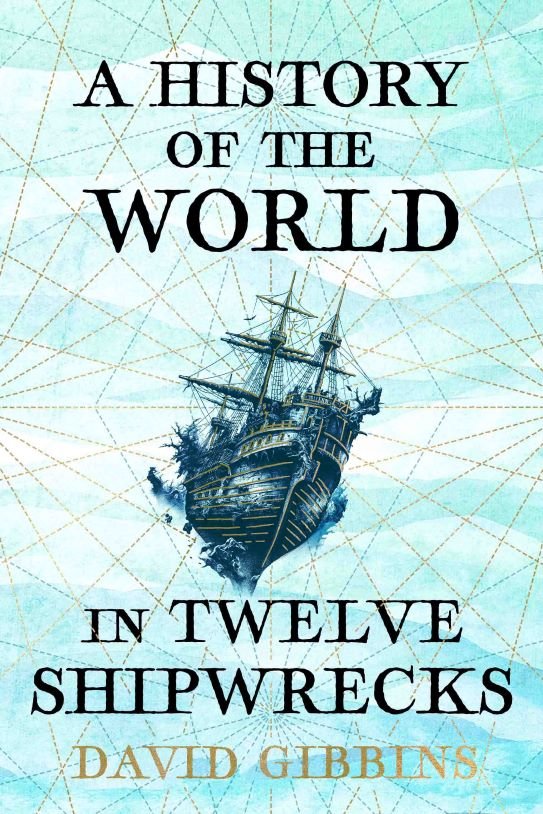The Dover Boat
The BRONZE AGE Dover Boat
This page contains additional material and images for Chapter 1 in my books A History of the World in Twelve Shipwrecks.
The Bronze Age Dover Boat is beautifully displayed in the Dover Museum as the centrepiece of a purpose-built gallery covering the construction of the vessel, Dover in prehistory and the Langdon Bay site. It is one of the best small archaeological museums I’ve ever visited and is an easy diversion into town for anyone travelling through Dover for the cross-Channel ferry. You can read an excellent account of the discovery in Current Archaeology by Keith Parfitt, director of the Canterbury Archaeological Trust at the time of the excavation, and also on the Canterbury Archaeological Trust website. I’m very grateful to Keith as well as to Alison Hicks, current Director of the Trust, for their help in sourcing the photo used in the book, and to the Trust for permission to publish it.
Many of the Moor Sand and Langdon Bay artefacts are held by the British Museum, whose Creative Commons license allows me to include several of their images in the gallery below. A comprehensive account of these sites up to 2013 is Needham, S., Parham, D. and Friedman, C., 2013. Claimed by the Sea. Salcombe, Langdon Bay and other marine finds of the Bronze Age. CBA Research Report 173. York, Council for British Archaeology, which can downloaded for free from the Archaeological Data Service. Another free online read with the latest on the likely British origin of tin used in the East Mediterranean Bronze Age is Berger, D., Wang, Q., Brügmann, G., Lockhoff, N., Roberts, B.W. and Pernicka, E., 2022. ‘The Salcombe metal cargoes: new light on the provenance and circulation of tin and copper in Later Bronze Age Europe provided by trace elements and isotopes. Journal of Archaeological Science 138 (February 2022), 105543.
The study of these two wrecks is intimately linked with the life of Keith Muckelroy, the Cambridge archaeologist who died in a diving accident in Loch Tay in 1980 aged only 29. None of his publications are available at present for free online, but you can read the abstracts of his final two papers - Muckelroy, Keith, 1980. ‘Two Bronze Age cargoes in British waters.’ Antiquity 54 (211): 100-109, and Muckelroy, Keith, 1981. ‘Middle Bronze Age trade between Britain and Europe: a maritime perspective.’ Proceedings of the Prehistoric Society 47: 275-297, the latter put together from two chapters of the PhD thesis that he was completing at Cambridge University at the time of his death. Despite further discoveries and research since then, the quality of his scholarship means that his work continues to be hugely influential not just in Bronze Age studies but in maritime archaeology as a whole.
Click on the images to enlarge.
Copper alloy sword with bent tang from the Moor Sand site, c. 1300-1150 BC. Length 64.2 cm. British Museum 1981,1103.1 (© The Trustees of the British Museum).
Keith Muckelroy at the Moor Sand site, Devon.
The Bronze Age boat in the Dover Museum (David Gibbins).
Detail of the Bronze Age boat in the Dover Museum, showing the carpentered cleats and rails as well as the sewn joinery with yew withies (David Gibbins).
Part of the Langdon Bay assemblage in the Dover Museum, showing bronze axes, swords, knives and tools (David Gibbins).
Bronze axes from the Langdon Bay site. British Museum 1981,0702.3 (© The Trustees of the British Museum).
Part of a twisted gold torc from the Moor Sand site. Diameter 4.2 cm. British Museum 2005,0503.2 (© The Trustees of the British Museum).


